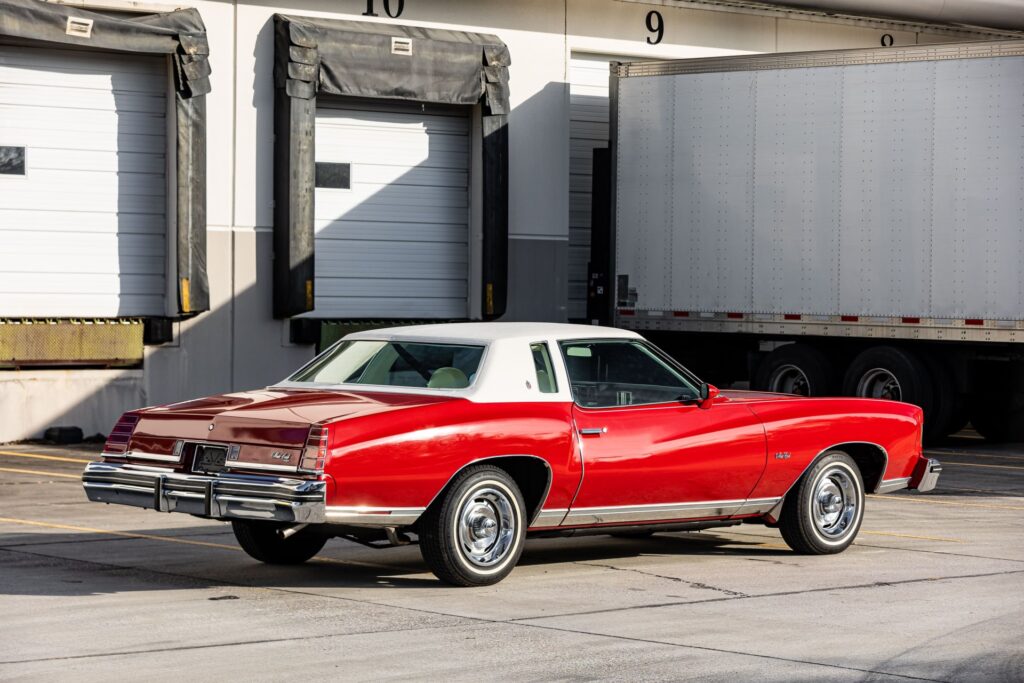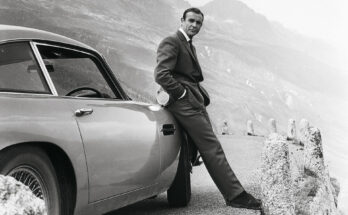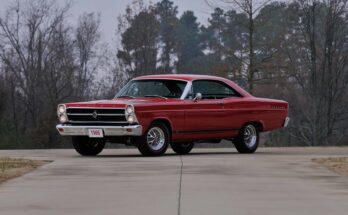The 1977 Chevrolet Monte Carlo, part of the second-generation lineup, marked a significant chapter in the model’s history, reflecting the automotive trends and economic challenges of the mid-1970s. Produced by Chevrolet, a division of General Motors (GM), this personal luxury coupe was designed to blend style, comfort, and a touch of performance, appealing to a broad American audience during a period of transition in the auto industry.
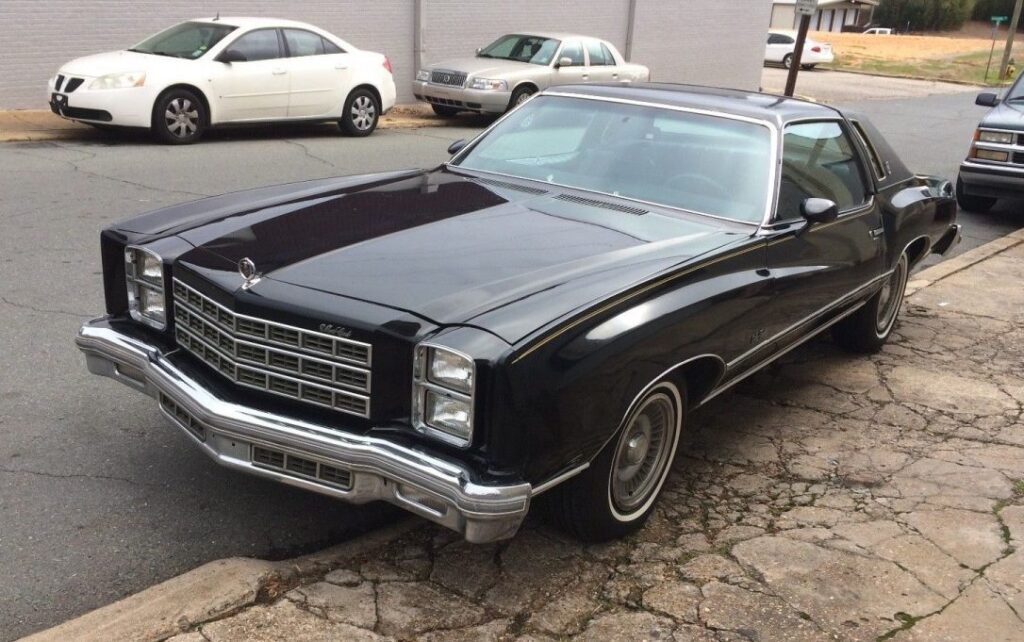
Production Overview
The 1977 Monte Carlo rolled off the assembly lines as part of a production run that began with the second-generation redesign introduced in 1973. Manufactured primarily at GM’s Arlington Assembly Plant in Texas and the Doraville Assembly Plant in Georgia, the 1977 model year saw a total production of approximately 353,272 units, a slight decline from the previous year’s 411,057 due to shifting market preferences and rising fuel costs following the 1973 oil crisis. This figure included both the base Monte Carlo and the upscale Monte Carlo Landau models, which featured a vinyl-covered roof.
Design and Features
The 1977 Monte Carlo retained the second-generation’s sleek, elongated body, characterized by a long hood, short deck, and a distinctive semi-fastback roofline. Its design emphasized luxury over raw performance, aligning with the personal luxury car segment that competed with models like the Ford Thunderbird and Pontiac Grand Prix. Key features included:
- Engines: The standard powerplant was a 231 cubic-inch (3.8L) Buick V6, producing 105 horsepower. Optional V8s included a 305 cubic-inch (5.0L) with 145 horsepower and a 350 cubic-inch (5.7L) offering 170 horsepower, reflecting a shift to smaller, more fuel-efficient engines amid tightening emissions standards.
- Transmission: A three-speed Turbo Hydra-Matic automatic was standard across all models, with no manual option available, catering to the car’s cruising focus.
- Interior: The cabin featured plush upholstery, woodgrain trim, and optional features like air conditioning, power windows, and a tilt steering wheel, enhancing its appeal as a comfortable daily driver.
- Exterior: Updates for 1977 included revised taillights and a new grille with a crosshatch pattern, giving it a refreshed look. Paint options ranged from classic shades like Antique White to bolder hues like Dark Jade Metallic.
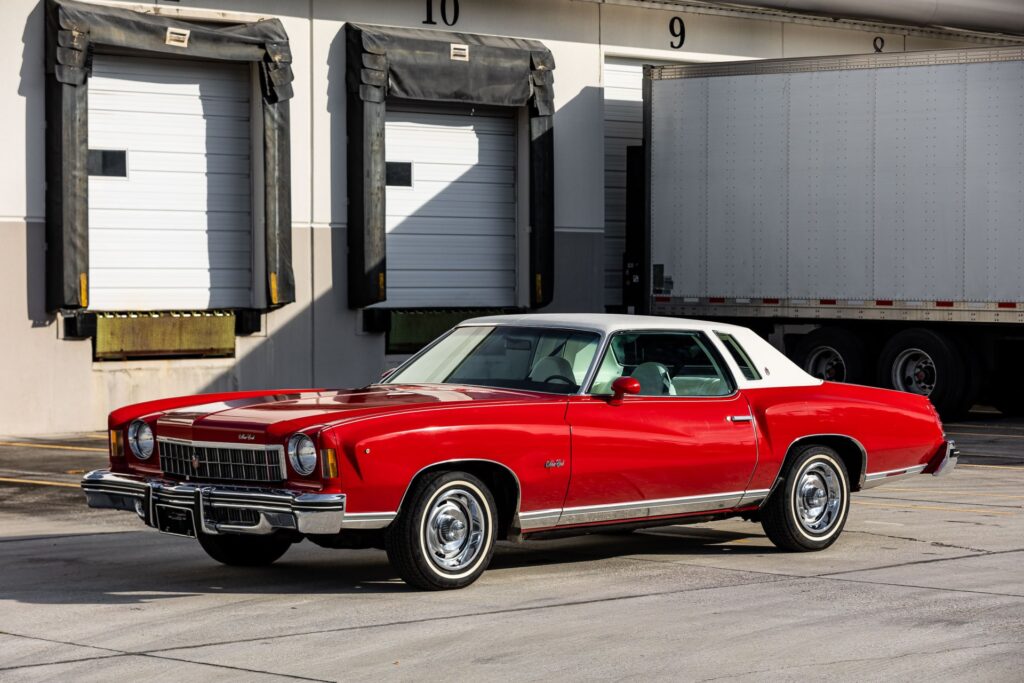
The Monte Carlo’s production adhered to GM’s A-body platform, shared with other mid-size models like the Chevelle, but its unique styling set it apart. The Landau version, with its formal roof and additional chrome accents, accounted for a significant portion of sales, appealing to buyers seeking a more upscale appearance.
Manufacturing Context
The mid-1970s posed challenges for American automakers, with the 1973 oil embargo driving demand toward smaller, more economical cars. Chevrolet responded by downsizing the Monte Carlo’s engine options and improving fuel efficiency, though its weight (around 3,800 pounds) kept it firmly in the luxury cruiser category. Production techniques relied on traditional assembly line methods, with hand-finishing for certain interior and chrome elements, a nod to its premium positioning. The Arlington and Doraville plants employed thousands, with shifts running to meet demand, though labor strikes and supply chain issues occasionally disrupted output.
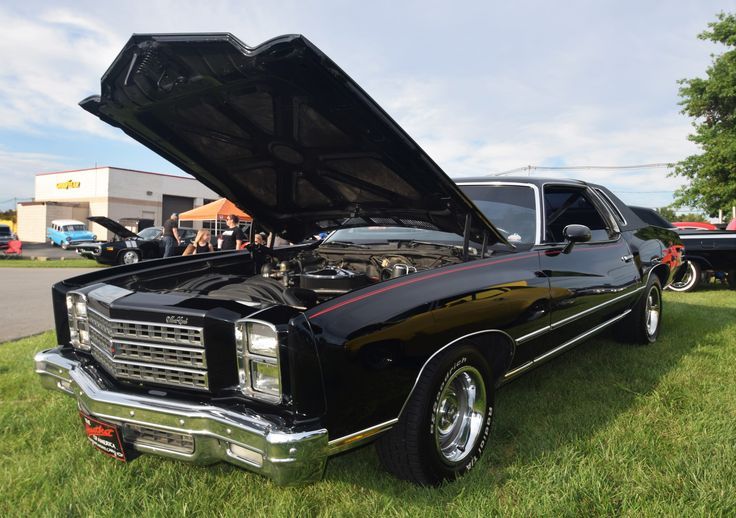
Cultural Impact and Legacy
The 1977 Monte Carlo captured the essence of 1970s American car culture, often associated with cruising and a laid-back lifestyle. Its prominence grew through media, notably as the car of choice for characters in the TV series “The Dukes of Hazzard,” which debuted in 1979 and featured earlier Monte Carlo models. This exposure boosted its popularity, with production peaking in the late 1970s before a redesign in 1978.Today, the 1977 Monte Carlo is a collector’s item, with well-preserved examples fetching $15,000 to $30,000 depending on condition and originality. Enthusiasts value its classic lines and V8 rumble, with forums like Monte Carlo Forum buzzing with restoration stories. As of 03:07 PM EDT on Monday, July 7, 2025, the model remains a nostalgic symbol of an era when personal luxury cars ruled the roads, blending GM’s engineering prowess with the stylistic flair of the time.
